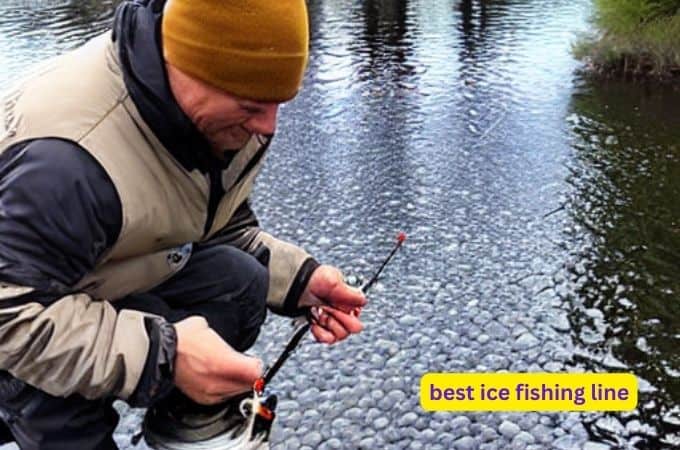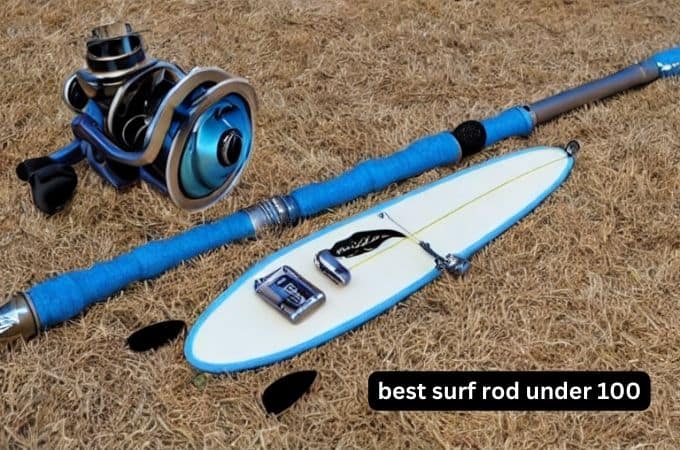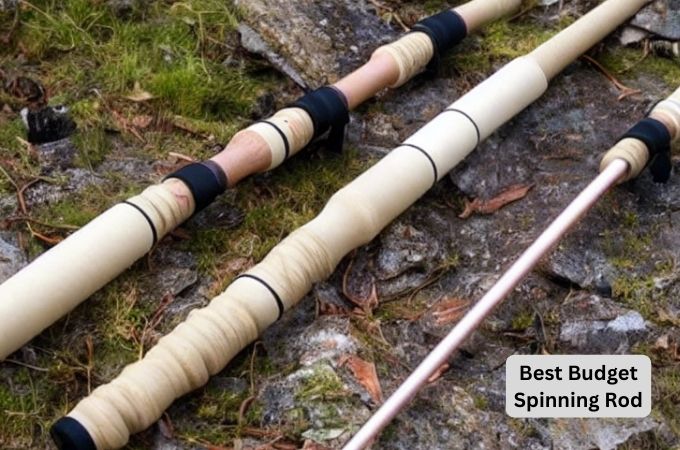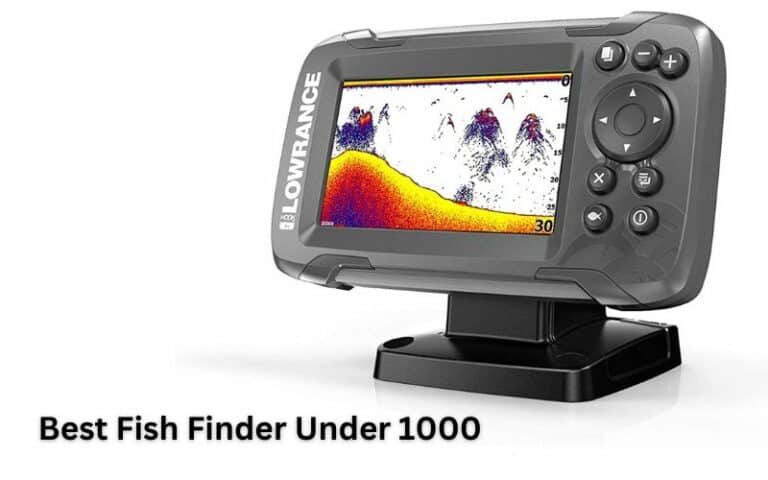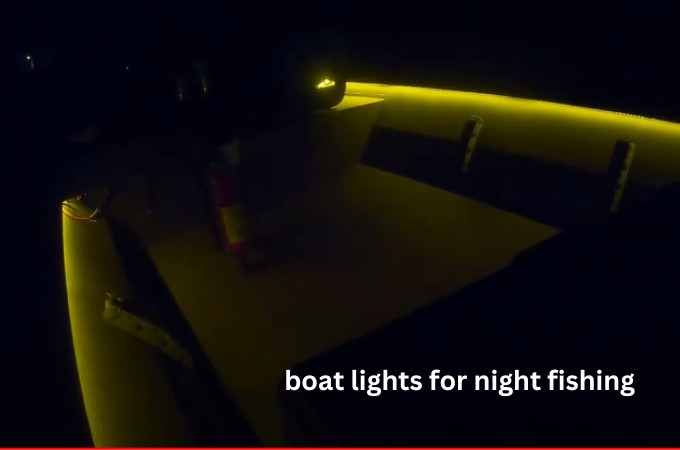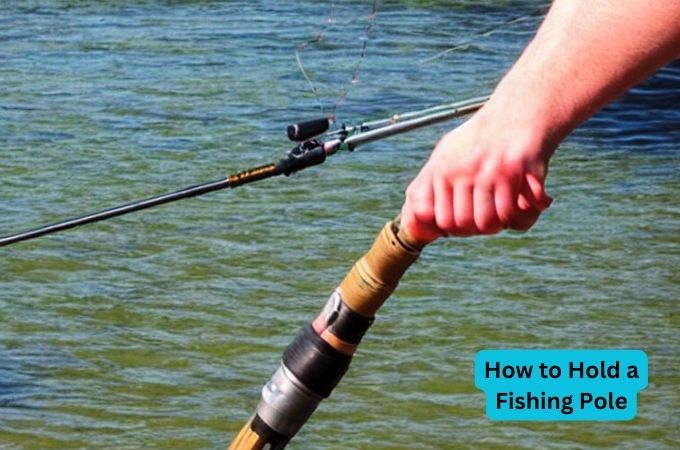3 Best fly fishing gear for beginners
Today we discuss fly fishing gear for beginners. Are you just getting into fly fishing? With so much to consider from gear selection to the best angling locations, it can feel overwhelming for beginners. But don’t worry! We’re here with expert insight on what equipment is essential for first-timers in order to make that inaugural catch a reality. So grab your rods and reels – let’s explore all things related to successful beginner fly fishing!
guide to saltwater fly fishing gear for beginners:
Whether you’re angling for a catch in saltwater or just hoping to brave the elements, it pays to invest in quality gear. A fly reel with smooth drag will help ensure successful landings and make line management easier while tackling big fish.
For the best results, use a floating fly line that won’t sink too deep into the water column; select strong leaders and tippets as well as sturdy flies designed specifically for saltwater fishing conditions. And don’t forget waders – having good wet-weather clothing can keep you dryer longer when exploring new areas!
Basic Fly Fishing Equipment for beginners:
When just starting out, it’s important to know the basics of what kind of fly fishing equipment you will need in order to get the most out of your time on the water. Here are some essential pieces of equipment for any beginner fly angler:
Rod & Reel: The right rod and reel can make or break a fly fishing trip. You will want to choose one that fits your budget and has the right action, weight, and length for the type of fish you plan to target.
Line & Leaders: Fly line comes in several types including floating lines which are best for surface activity, sink-tip lines which are good for nymphing or streamers, and specialty lines such as shooting heads. Leaders and tippets provide a connection between the line and fly.
Waders & Boots: Breathable waders keep you warm and dry while on the water, depending on the conditions. Wading boots with felt soles provide extra grip on slippery rocks.
Flies: A variety of flies will be needed for different types of fish and conditions. Choose from dry flies for surface action, nymphs for subsurface feeders, and streamers for larger predatory species.
Accessories: Other items such as hemostats (or forceps), a net, floating, tippet spool, and nippers all help round out the basic fly fishing equipment a beginner will need. Of course, additional items can be added as your interest in the sport grows.
fly fishing gear reviews:
Wild Water Standard Fly Fishing Combo Starter Kit:
No products found.
Wild Water Fly Fishing Starter Kit has everything you need with a five or six-weight, 9-foot graphite rod complete with a cork handle and die-cast aluminum reel. You’ll be able to store your accessories easily in its carrying case along with fly box cases containing fishing flies.
Fly Fishing Flies Kit:
No products found.This kit comes with 36 or 78 flies, which are special lures for fishing. The flies are of different colors and sizes. They are made from premium materials and look like real insects. The flies are also lightweight and easy to use.
TOPFORT Fly Fishing Rod and Reel Combo Starter Kit:
This fly fishing rod and reel combo is a great starter kit for fishing lovers. It includes a 4-piece fly fishing rod, pre-spooled fly reel, 12 flies, line nipper tool, forceps, zinger, and carry bag. The mid-flex IM8 graphite fly rod comes with stainless steel stripper guide which reduces friction and heat and won’t harm the fish line.
No products found.It’s also made up of an adjustable CNC aluminum reel seat which effectively avoids the loose swing phenomenon on fishing. The western-style grip made with a compressed cork trim ring provides comfort while you are holding it.
fly fishing gear for women:
Fly fishing requires more than just gear and tackle – it’s an art form, with each type of equipment tailored to different water conditions or species. From dry flies for floating on top of the surface, to wet flies equipped for sinking quickly – even nymphs made to resemble underwater insects and streamers built like swimming baitfish! With so much variety in your fly-fishing arsenal, there is sure to be something suitable no matter where you go.
best brands of fly fishing gear for beginners:
Different types of rod and reel combinations will suit different anglers depending on their preferences and the type of fish they are targeting.
- One of the best brands for beginner fly fishers is Orvis. They offer a variety of rods and reels, as well as clothing and other accessories, tailored to the needs of new anglers. For example, their Clearwater series includes starter kits that contain all the necessary gear for a first-time angler.
- Redington also makes quality gear specifically designed for beginner fly fishers. Their Path and Zippit rod and reel combos are great for those just starting out. Likewise, Echo provides several starter packages that provide excellent value while still giving beginners the basics they need to get started.
- Sage’s Foundation series of rods and reels is another great option for beginner fly fishers. All of these brands provide quality gear at an affordable price, making them great choices for those just starting out on the water.
No matter what fly fishing gear you choose, it’s important to remember that practice and experience are essential for success. Taking some time to learn about the basics of fly fishing and spending time trying different types of equipment can help you find the perfect setup for your needs.
winter fly fishing gear:
Fly fishing in the winter requires some additional equipment compared to warmer months. Here are some of the most important gear items to keep in mind:
- Waders: When fly fishing in cold weather, you should wear a pair of waders that are specifically designed for cold-weather use and can protect you from the icy water and cold temperatures.
- Thermal base layer: To keep your core temperature regulated, it’s important to wear a thermal base layer underneath your waders and other clothing items. This can help you stay warm and comfortable while fishing in colder temperatures.
- Gloves: Your hands will be the first thing to get cold when fly fishing, so make sure you have a pair of insulated gloves to ward against the chill.
- Hats: A warm hat is essential for keeping your head and ears protected from the cold when fishing.
- Sunglasses: Even on cloudy days, snow can reflect ultraviolet rays, so it’s important to wear sunglasses with UV protection while fly fishing in the winter months.
- Heated insoles: If you’ll be standing in cold water for extended periods of time, it’s a good idea to invest in some heated insoles that will help keep your feet warm and comfortable.
- Floatant: Cold-weather fly fishing often requires using floats on the flies to help keep them floating.
- Leader material: Make sure you have a selection of leader materials that can withstand cold conditions, such as fluorocarbon or heavier monofilament.
- Warm beverage: Keeping a thermos or insulated mug filled with hot coffee, tea, or cocoa can help keep you warm and energized while fly fishing in winter weather.
By ensuring you have the proper winter fly fishing gear, you can make your fly fishing experience much more enjoyable in cold weather fly fishing gear.
difference between gear and tackle for fly fishing:
Fly fishing requires more than just gear and tackle – it’s an art form, with each type of equipment tailored to different water conditions or species. From dry flies for floating on top of the surface, to wet flies equipped for sinking quickly – even nymphs made to resemble underwater insects and streamers built like swimming baitfish! With so much variety in your fly-fishing arsenal, there is sure to be something suitable no matter where you go.
organize fly fishing gear in boats:
For the resourceful fly fisher, having quick and easy access to gear is essential. That’s why organizing your fishing supplies in your boat should be a top priority! To make it easier for you, here are some of our tips on how to stow away everything from rods to tackle boxes efficiently: First up – install rod holders that securely hold 3 per each holder.
Available with various mounting options, these ensure all poles remain safe during transit so nothing gets lost overboard or ruined by water damage. Secondly –tackle boxes come with handy compartments perfect for storing lures, leaders & weights
faqs for fly fishing gear for beginners:
Fly fishing requires specialized gear that can handle the outdoors, including water and weeds. You will need a pair of waterproof waders or trousers, along with a pair of insulated boots to keep your feet dry and comfortable. Waders should fit snugly around your waist, legs, and feet so you can move freely while fishing in deeper waters. When selecting boots for fly fishing, it’s important to find ones that are both lightweight and have good traction on wet rocks.
American Airlines allows you to bring one fly fishing rod and reel, as well as other small fishing equipment, in addition to your checked baggage allowance. The total length of all items must not exceed 115 inches (292 centimeters).
Fishing rods should be securely encased in a rigid tube that is no more than 50 inches (127 centimeters) long. Reels and lines should also be suitably packaged. You may need to pay an excess baggage fee if the total weight or size of your fishing gear exceeds the standard checked baggage allowance for your particular ticket type.
When it comes to fly fishing, you need the right gear in order to be successful. The most important pieces of equipment for any fly fisher are a rod, reel, and line. Other essential items include waders or wading boots, polarized sunglasses, a net, flies (both dry and wet), a tippet, forceps or nippers for handling the hooks on flies, a vise for attaching hooks onto lines, float and for keeping flies floating on the surface of the water, and leaders.
The best time to buy fly fishing gear depends on where you plan to fish and what type of fish you’re targeting. the best time to buy fly fishing gear is at the beginning of the season when new products are released and there are often sales or discounts available. If you know that a particular lake will be stocked with trout in April, for example, it’s a good idea to invest in your fly fishing equipment before then so that you can hit the water as soon as possible.
Saltwater fly fishing gear is expensive due to the special materials and designs required for it. The rods, reels, and lines must be able to withstand corrosion from saltwater and the conditions of ocean fishing. Additionally, fly lines must be built differently than those used in freshwater fly fishing, as saltwater species are often larger and more powerful.
When backpacking with fly fishing gear, it is important to be mindful of the weight of your gear and how much space you have. The best way to reduce weight and still bring the necessary gear is by investing in an ultralight tackle. This includes a lightweight rod, reels, line, and other smaller items. Additionally, choosing a lightweight tackle bag or vest can help keep the weight down.
Cleaning your saltwater fly fishing gear is essential for keeping it in good condition, and extending its lifespan. After each use, rinse all of your fly fishing gear with clean, fresh water, including rods, reels, lines, and lures. Doing this will help remove the saltwater residue and prevent corrosion. or, Use a clean cloth or soft brush to remove any dirt and salt build-up from the inside and outside of your reel.
When fly fishing for bonefish, the most important gear you’ll need is a good rod and reel. When choosing your rod, look for one that’s lightweight and between 8 to 9 feet long with fast action. This will give you better control of your casting accuracy and keep you in touch with the fish as it takes your fly. For the reel, look for one that’s midsized with an arbor spool design to help you manage the line better.

final words:
By having the right gear, you’ll be able to make the most of your time spent fly fishing and increase your chances of success. With some knowledge and practice with these basics, it won’t take long for you to become an experienced fly angler. Happy fishing!
